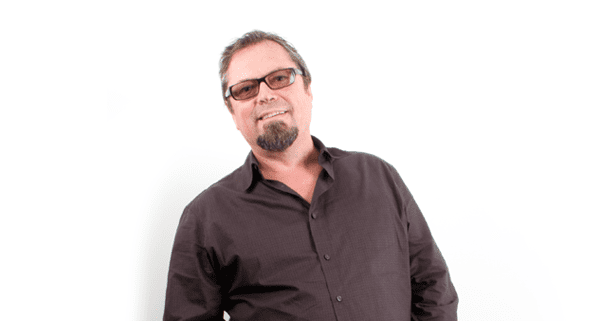Adjucating ‘Moxie’ at UCSD Jacobs School of Engineering
DDSTUDIO has a history of working with universities to help teach engineering students about the importance of design. Our goal is to reinforce the notion that a cross-disciplinary education of engineering and design will enhance their perspective when creating a product, giving graduates an edge in their field.
Earlier this year we got involved with UCSD Professor Nate Delson’s Design and Entrepreneurship class when I was a guest lecturer. His course is the flagship class for UCSD’s new Moxie Center for Undergraduate Entrepreneurship, housed under the Jacobs School of Engineering. Nate believes it’s essential that his engineering students learn how design improves the experience of using a product and can be essential to making a product successful.
After I lectured, Nate invited me back to judge final projects at the end of the semester, and asked that I review early versions of the students’ product ideas to provide feedback that would help them better focus their project ideas.
Nine very enthusiastic teams of students in the course had six minutes to present an overview of a product idea they thought could be commercialized. The three teams whose projects the judges deemed the most promising won $2000 for further development of the project.
Each project was to be judged on the likelihood that it could move forward to market. Irwin Zahn (Moxie Foundation founder) and Rajan Ramaswamy (president of Novo Engineering) joined me on the judging panel.
It was obvious through the final presentations that some students gave more credence than others to the early feedback they received from me and the other judges. One brave team took a risk—as is often necessary in the real world—by scrapping a weak idea and replacing it with one more favorable to commercialization. This gave them a taste for what is often a much longer, more painful process in the professional world. As a result, they won. I suggested they use the $2000 prize to research innovative materials that could make their product more unique.
Next time, I hope the students think about solving greater societal problems while using the tools of design that we discuss in the early semester lecture. Market research, storyboarding, and user feedback loops are all necessary for the success of any product in any market.
Nate commented early in the day that the success the students would experience with their projects was proportionate to the motivation and enthusiasm they put into it. Motivation and enthusiasm is exactly what we saw in that classroom. That enthusiasm, paired with the engineering students’ ability to recognize and implement design, makes it fun and rewarding to give our time to university programs.
Cheers,
Charles




